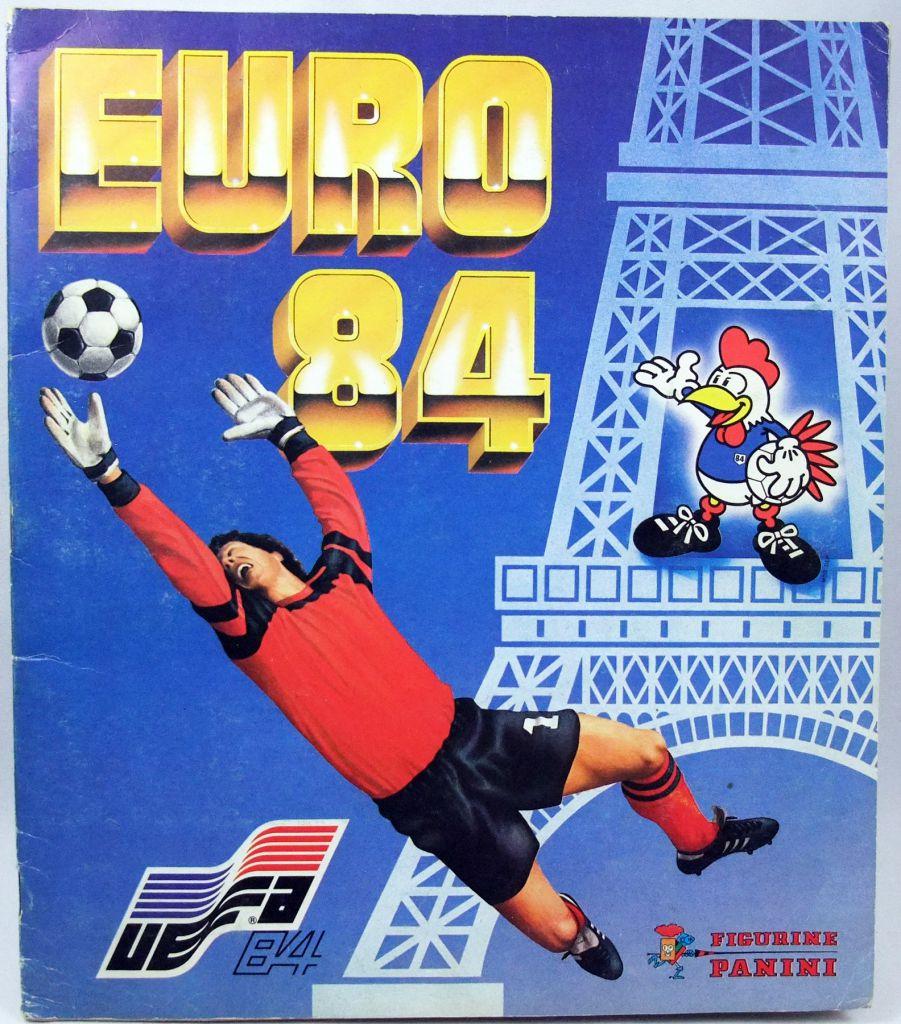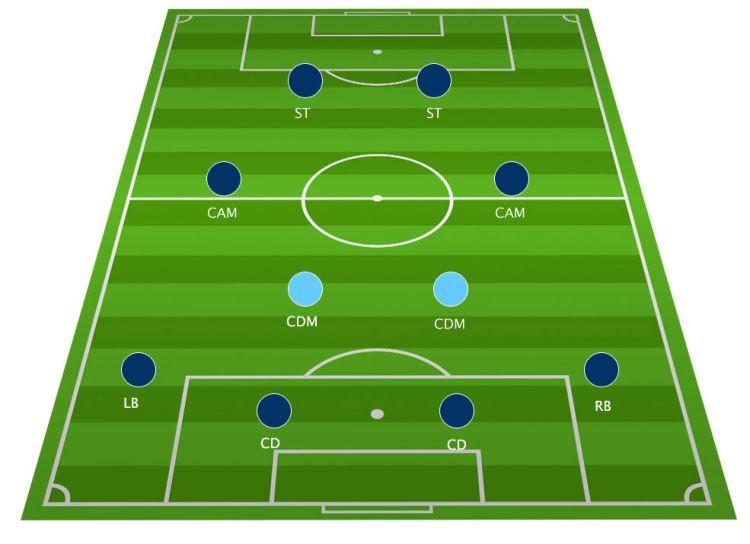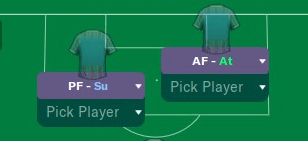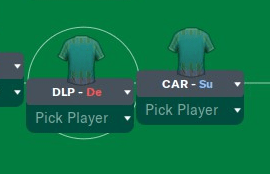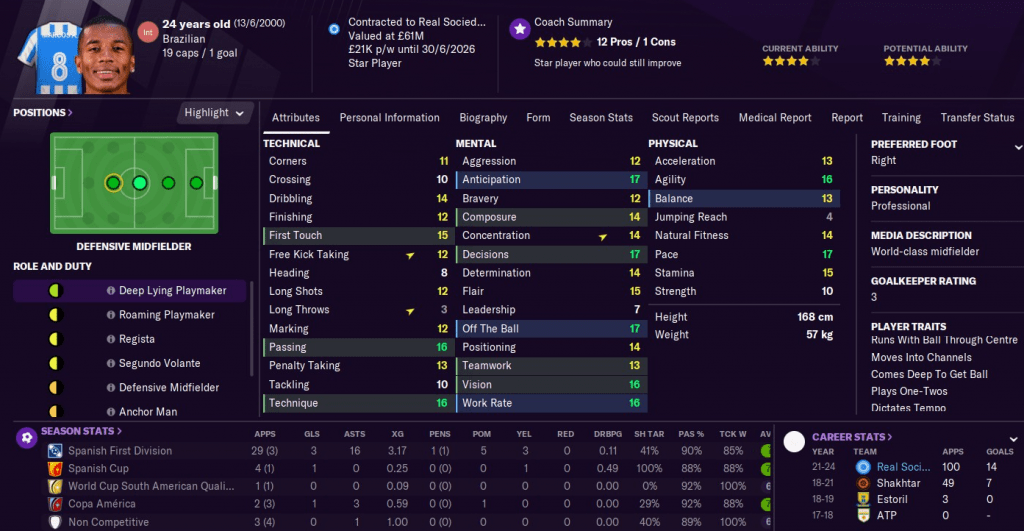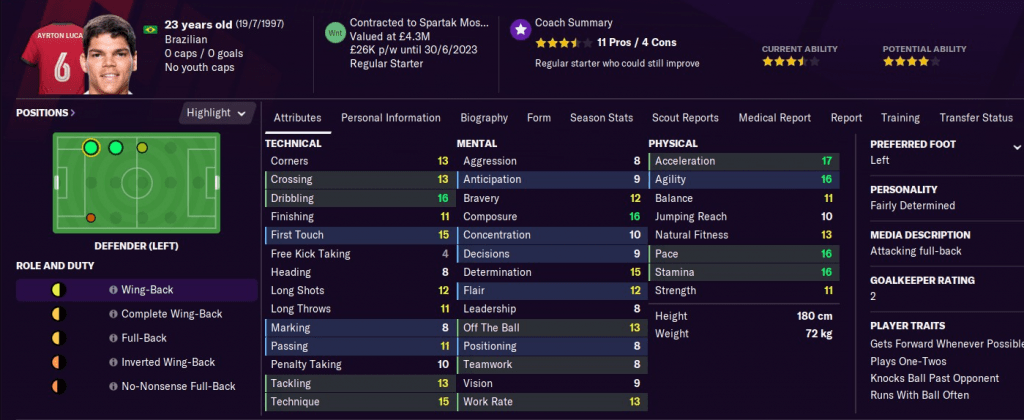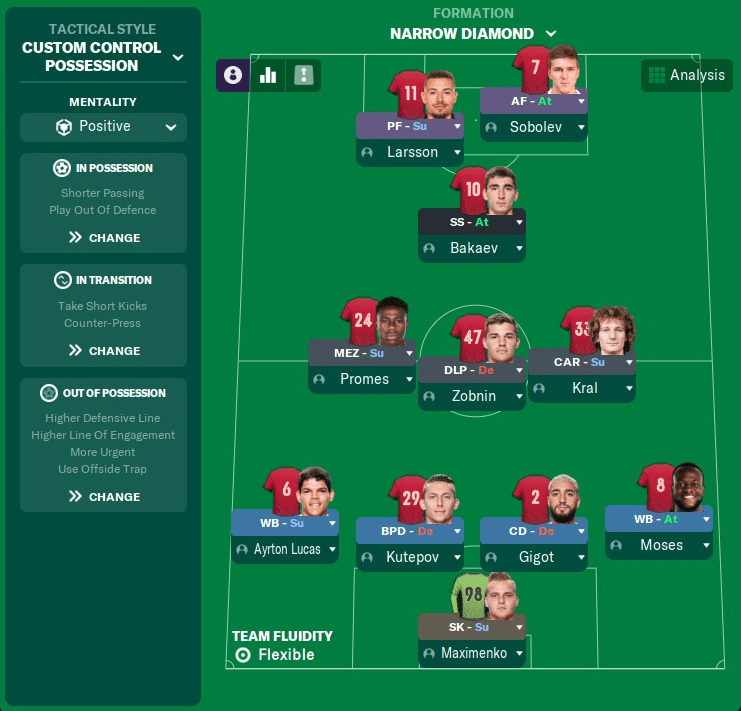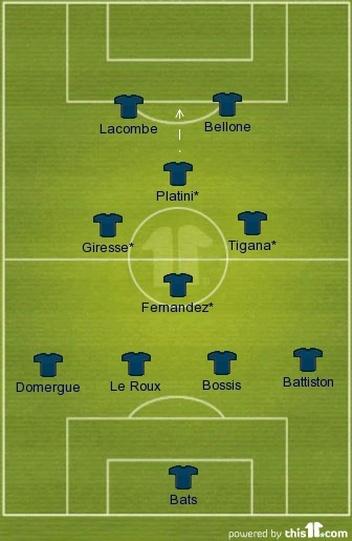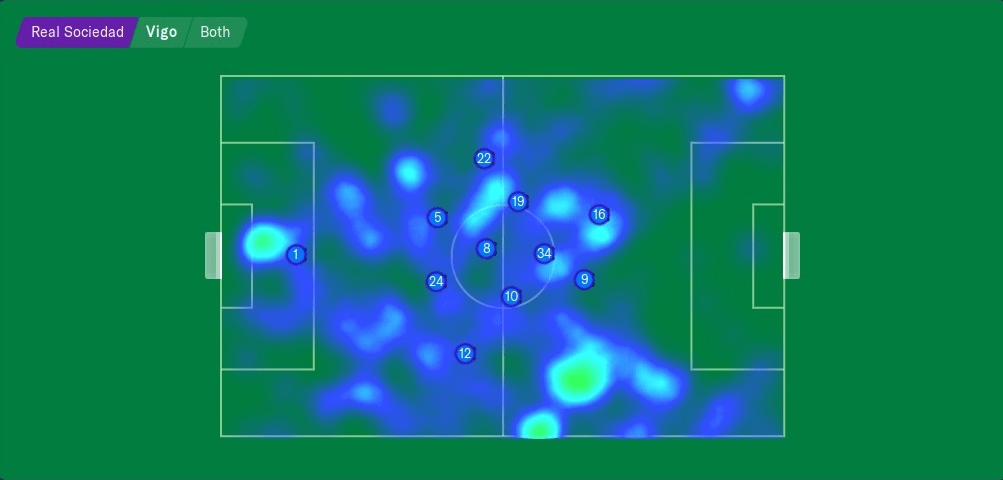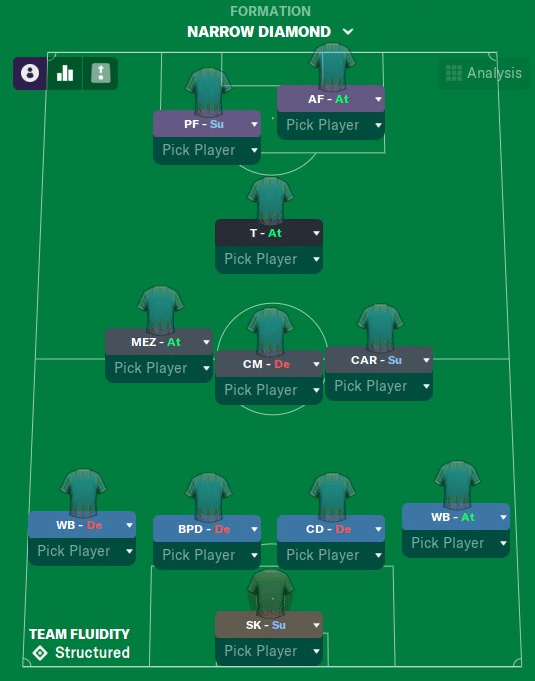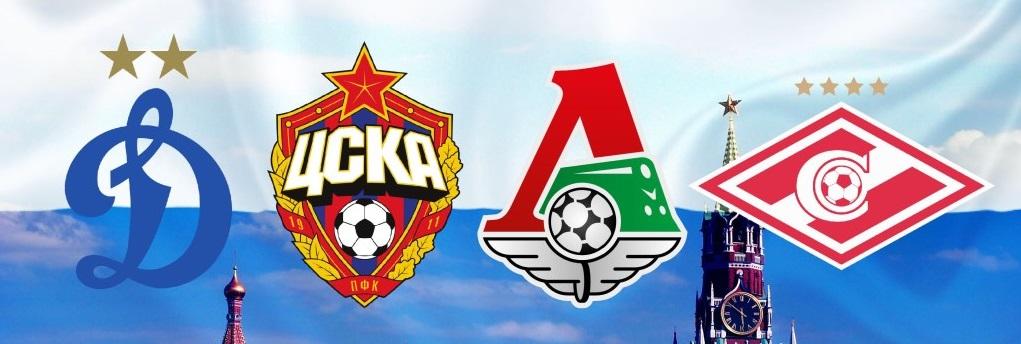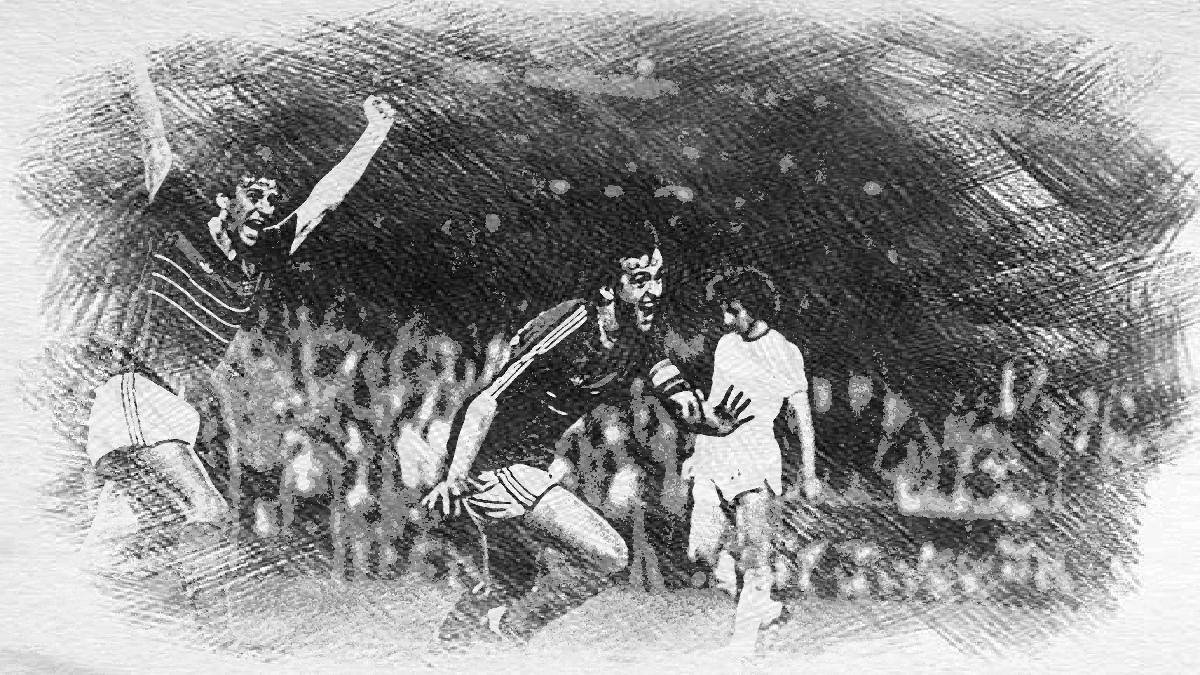
Total Football Journeyman: Le Carré Magique
When the Dutch Total Football first appeared on the international football scene in the early 1970s, it seemed to be destined for greatness. With the way Ajax was playing, football enthusiasts wondered if anyone could ever stop the Totaalvoetbal juggernaut. The expectations were set when Amsterdam club took home every European Cup between 1970 and 1973. A total of 3 European Cups! Then came the two consecutive World Cup Finals in 1974 and 1978. But in both Finals, the Flying Dutchmen failed to win. Twice they fell short of winning the greatest trophy of all and the final proof of the power of free-flowing attacking football. That proof didn’t come until 1984 and the tournament that was ignored by the English-speaking world. Hopefully this article can shed some light on Total Football’s first international triumph and the winning team that has been forgotten by most born after 1970s.
Total Football’s Forgotten Triumph
The 1984 Euros had all the makings of a memorable tournament. Hosted by France and with a major advantage to the hosting nation. The French squad, built around the generational talent of Michel Platini, almost won the 1982 World Cup. So in 1984 they were a team to beat. To this day they are remembered, by those lucky enough to see them play, as one of the greatest teams to play the beautiful game. And along with the Dutch and Brazilians (and Magyars before), Les Bleus were one of the teams that tried to play in a fluid, attacking style that was at odds with the rigid defensiveness that dominated most football of the time.
The decision by the British TV networks, BBC and ITV, not to broadcast most of the matches of the tournament will always be an odd one. But it is understandable. After all none of the United Kingdom’s four home nations were able to qualify for the final stages of the tournament. So naturally the British, (and other Commonwealth) broadcasters decided that if there was no Home Nations representation then the British people would not be interested in watching it. And in United States at the time, most football coverage was through the British networks via satellite. ITV showed only two live matches – West Germany versus Spain and the Final. An oversight that deprived the English-speaking world of a truly historic football spectacle. Flowing, dynamic attacking Total Football played by a team fully confident in its abilities. Truly, a sport transcended into an art-form. And then there were Platini’s goals!
Michel Platini – The Man, The Foot, The Myth
Nicknamed “Le Roi” (The King), Michel Platini was a larger-than-life figure for most of his illustrious career. For both good and bad reasons. Often criticised for his lack of stamina, fitness and poor work-rate. Michel famous response to this was simple:
We’re not going to compete in the 5,000 metres at the Olympics, we have to play with our feet.
And the recent financial indiscretions aside, nobody can deny that he was anything but an exceptional player. As the few fortunate enough to have seen him weave his magic live, can attest to. He was both the attacking and creative force in that 1984 French team. He scored 9 goals (in only 5 matches!) on the way to France’s victory in the Final against Spain.
Despite his noted weakness in athletic department, Platini was still a quick and elegant offensive midfielder. As a stereotypical #10 playmaker he possessed an exceptional passing ability, vision and intelligence both on and off the ball. As well as unmatched in his technique in both ball control and dribbling at the time. While by mid-1980s young Maradona would take the crown of the best attacking midfielder in the world, in 1984, the 28 year old Platini was still #1 and in his prime.
Primarily a creative midfielder who operated in the withdrawn role behind the two strikers, Platini was both an orchestrator of attacking plays and a prolific goalscorer. He did this with the help of his exceptional footballing intelligence, movement and composure in front of the goal. As well as his ability to finish with either foot. Indeed Platini won several scoring awards throughout his long career, both at club and international level. According to football historians he still remains one of the best finishers of all time. Long live the King!
Stacking The Odds
There are a number of advantages to playing with a narrow 4-2-2-2. The main one being its two defensive midfielders. They are there to protect the back-four, but also to allow more freedom to the wingbacks to bomb up the flanks, practically acting as quasi-wingers in attack. The double pivot in defensive midfield also frees up the front four attackers, with the support of the wingbacks, to focus most of their energy on attack. The two attacking midfielders play wider but also cut inside to support the two strikers. At the same the aforementioned wingbacks on either flank can overlap the AMCs, adding another dimension to attack.
The main aim is to overload the opposition defence with a total of six players. The only disadvantage is the vulnerability on the wings. But this is compensated by the fact the opponent still needs to move centrally in order to score. And in the centre of the field, the 4-2-2-2 definitely has a numerical advantage in its stacked midfield.
If anything the two forwards need to be more in the mould of midfielders than traditional strikers. So you will need them to have attributes that could allow them to play deeper in midfield. That is better passing ability and mental attributes than most strikers. I look at acceleration, pace, dribbling and off the ball as most important, closely followed by finishing, vision, passing. As an example, Wayne Rooney or Dennis Bergkamp at their prime would be a perfect fit in my system. You will want one of the two forwards to drop back in order to support the other striker and allow the midfielders to overlap him. So I set up their roles accordingly.
The two attacking midfielders are you typical “Total Footballers”. Very well-rounded players adept at both attack, defence and everything in between. They will need to be very hard-working and tireless, possessing excellent technical attributes (passing and first touch foremost). During attack they have to move wider to the flanks and into their respective half-spaces. From there they can support the strikers or provide goal threat by arriving late into the penalty area. One of my attacking midfielders is not even an AMC position role, but actually a role that starts in deeper central midfield and then moves progressively into the half-space. In tactic creaton, it’s not so much the case of where the player starts but where he ends up during attack. As you will see with my final (surprising) choice of tactical shape.
While defending the two attacking midfielders need to track back to the wings (system’s ultimate weakness). Or drop further back into the midfield in order to help the two more conservative midfielders with maintaining the system’s advantage in central possession.
The two defensive midfielders are really the only specialists in the system. Thus you need them to focus on two specific tasks. Providing defensive cover for the more offensive midfielders (and wingbacks) and launching long accurate passes towards your attackers. Their passing ability is actually rather essential. It will make a big difference between the system working well, helping you get points, and being just mediocre with close one-goal wins and ties. Especially against dedicated defensive sides parking the bus. So try to put at least one of your best midfield passers here. Also, they will be acting as your shield between the attack and defence. So at the least more than average defensive ability (positioning, tackling, marking) will be required. If they are very hard-working, team players then it will compensate for less than ideal defensive ability. For example this is my current substitute for the carrilero.
Arne De Block may not possess the best positioning, but his extreme bravery and willingness to work hard make him into an exceptional team player.
Then as you can see this is my top passer on the team who plays as De Block’s partner in my midfield double pivot.
Traits like “tries killer balls”, “tries long passes” or “switch flanks” are preferable in one or both your defensive midfielders.
The two wingbacks are probably the most important roles in the whole system. Naturally they should be your other two examples of “Total Footballers” and among your best players. Since it is a narrow formation, the wingbacks will be the only ones providing width. Not to mention acting as both attackig support for the forwards as well as defensive cover for when the opposition is launching its own attack down your flanks. Thus they will be constantly shuffling up and down the flanks. And then required to track back quickly in order to provide wide cover for the midfielders. Essentially, acting in both attack and defence. The reason why you will need well-rounded players. But if that is not possible, then at the least they should have more than average crossing, off the ball, work rate, acceleration and stamina.
So someone like Moscow Spartak’s Ayrton Lucas would not be too out of sorts in this position. He is not very well-rounded, but at least he has all the necessary wingback attributes. A veritable energizer bunny on the left flank.
In-game Recreation
Actually I want to use the example of Spartak to show that this tactic can work with a variety of teams. Not only clubs from the top 5 leagues. And not only the elite clubs filled with newgen wonderkids like my current Real Sociedad. In fact from the very start of the game, Spartak’s squad is very suitable to play this style of narrow vertical Total Football.
The tactic itself might not look like 4-2-2-2 in its defensive phase. But in its heat map, it actually resembles France’s “Carré Magique” formation (which was essentially a narrow 4-3-3). So this was France’s formation in the 1984 Euro Final:
And then our formation in my latest Real Sociedad match against Celta de Vigo:
The sort of football it produces at times is very faithful with the ultimate goal of any Total Football tactic. Beautiful game above all else. In this case I will let the following video clip do the talking.
It is also a very flexible formation, that can be adapted on the go. Such as with current Sociedad side where an injury to our 1st choice wingback forced me to play a more defensive player in the leftback slot. This in turn allowed one of our midfielders to take on a more attacking duty within the formation. Without really breaking the balance of the tactic.
Or if your most creative player happens to be one of your Attacking Midfielders, similarly to 1984 France’s Platini, then this might be the variation for you. Note the subtle shift in the playmaker role from the deeper DLP to the more advanced Trequartista role in the 2nd version of the tactic.
I will continue testing this FM21 adaptation of the famous Carré Magique formation with Real Sociedad, my go-to club to try out all kinds of weird tactics this year. Simply because they possess the well-rounded hard-working players that I require for a lot of my Total Football experiments. But a trip to Moscow, the city of 4 derbies, might not be out of the question.
After-all this is my Total Football Journeyman series. So I hope you enjoyed this voyage of discovering beautiful football in both history and the virtual FM world.
If you enjoyed this article, then please follow us @ Dictate The Game’s Facebook and Dictate The Game’s Twitter.
And a few other interesting articles:
